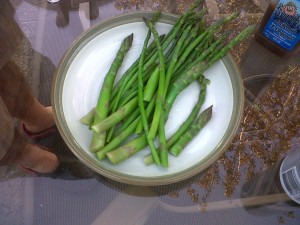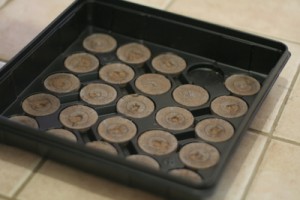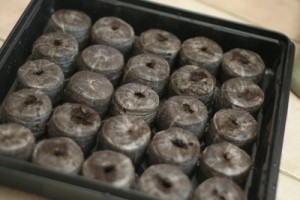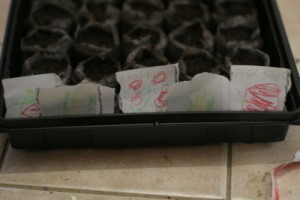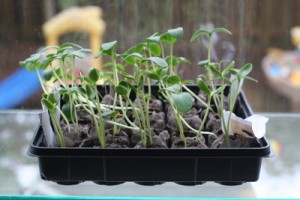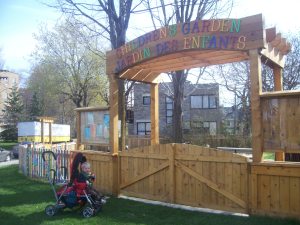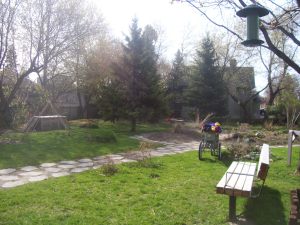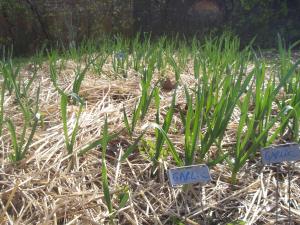The Vegetable Gardener and The Art of Seed Saving
/Photo by Steve Richey, Unsplash.com
A couple of years ago, after seeing a pattern in the kinds of vegetables my family and I like to grow in our vegetable garden, I decided to look into seed saving to see if I could reuse various seeds from our family's homegrown favourites.
When I started seed saving, I wasn’t sure what I had to do before preserving them or if I could just through them in a Ziplock bag (or the freezer) and forget about them until spring.
Luckily, there are resources dedicated to teaching keen gardeners how to preserve their seeds so they can use them again. USC Canada is an organization dedicated to the preservation of seeds as well as the sale and consumption of good (ecological) seeds—non GMO seeds, and non hybridized seeds that still maintain their flavour and nutrients.
USC Canada has a handy seed saving document that not only details seed harvesting information, but also information on how to clean the seeds as well as how long the seeds will maintain their viability. For example, did you know you can store carrot seeds for three years and tomato for five years?
Seed saving is not difficult or time consuming. Once you have mastered it, saving seeds will save you money (and the time it takes to remember to order or go to the store and purchase them every spring).
What you need to know to save seeds
The procedure to save seeds depends on the type of fruit or vegetable, but, for example the tomato – if you are like me you probably have an over abundance of tomatoes at the end of the growing season. Well, take one or two of your overripe, soft tomatoes and scrape out the jelly with seeds into a jar and cover with water. Leave it to ferment for three or four days (or until it gets mouldy). Then decant with new water and throw away any floating seeds – only keeping the ones that did not float. Then spread them on a paper towel and let them dry out for about a week. Then put them in a paper bag or envelope and store them for up to 5 years! The key is to make sure your seeds are completely dried out before storing them.
Why save seeds
In addition to saving money, by saving seeds you are helping to preserve the genetic diversity of fruits and vegetables.
By saving seeds from fruits and vegetables that grow well and eventually building up enough stock to rotate what you grow in your garden every year, you are helping to maintain genetic seed diversity and keep various species of fruit and vegetable plants alive and well.
How to get the kids involved
Getting your children involved is a great way to get them interested in the environment, food, and sustainability. It's also a great way to show children where their food came from, and how they can produce it themselves (and keep producing it).
Younger children love to get their hands dirty! Let them help harvest the seeds from the chosen fruits and vegetables. You can also throw in some math lessons by having them help count the seeds.
Seed saving and recycling makes for a great science experiment for kids of any age and, regardless of how old you are, if you like gardening there is always a sense of pride and satisfaction when the first sprouts breaks out of the seed and dirt to say hello.
For more information on seed saving, as well as "good" seed companies (I buy mine from Cubit's Seed Co.), visit USC Canada.
Do you save seeds? From what fruits and vegetables? Leave a comment and let us know.


